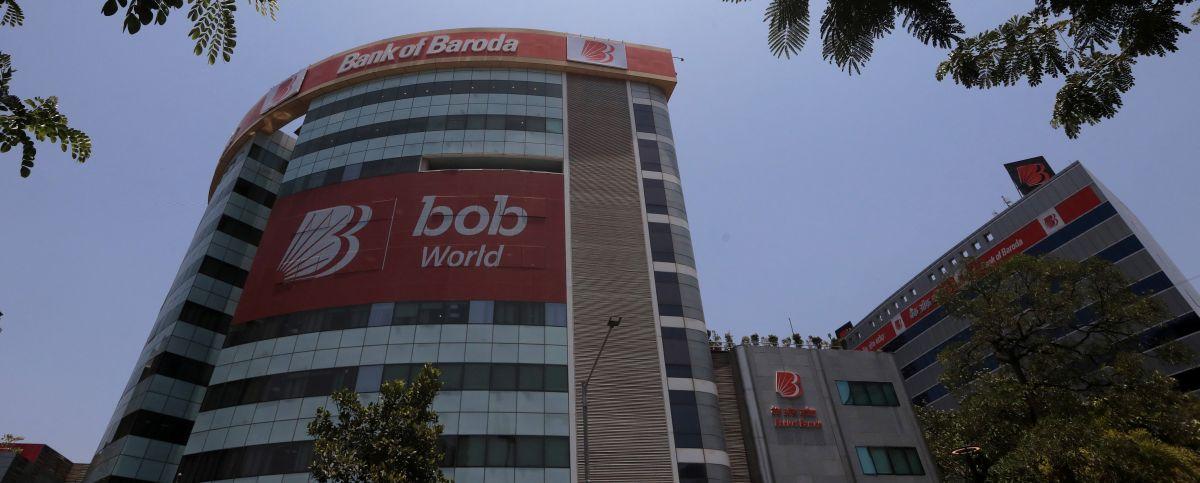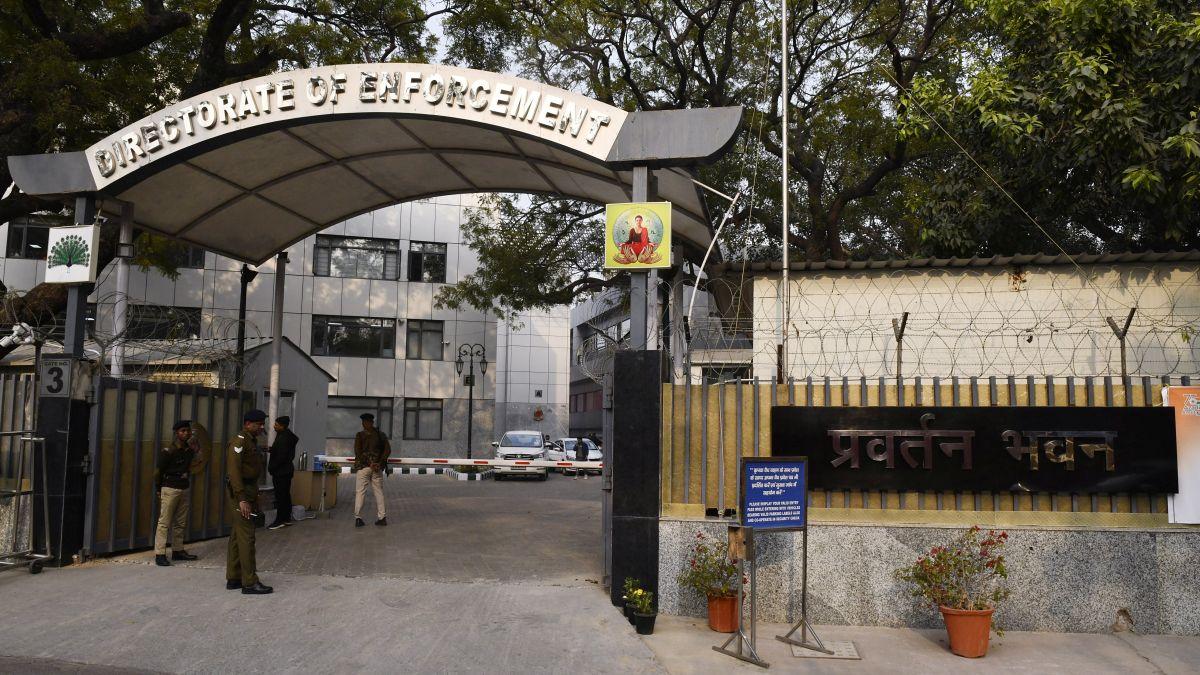‘Bank has enabling provision to raise capital up to Rs 7,500 crore over a longer period of time.’

Photograph: Adnan Abidi/Reuters
“Profitability would be sustained this year as we expect improvement in net interest income,” Debadatta Chand, MD and CEO, Bank of Baroda, tells Abhijit Lele and Anupreksha Jain/Business Standard.
Net profit for Q4 grew, albeit marginally, despite a fall in the net interest income, as the other income provided the support.
What is your outlook on treasury income going forward?
Despite a fall in the net interest income, profits grew because of healthy treasury income and recovery from written-off accounts.
As we are in the rate-easing cycle, income from the treasury is going to sustain, that is what our sense, as further rate cuts are expected.
On the written-off accounts, our normal run rate is roughly around Rs 750 to Rs 800 crore per quarter.
The profitability would be sustained this year as we expect improvement in net interest income (NII) owing to change in liquidity and interest rate trajectory.
However, that is not going to happen in the first quarter because deposit repricing happens with a lag.
So, on a full year basis, I am hopeful that the NII growth would be higher.
In terms of profitability, we will maintain return on investments (ROI) in excess of 1 per cent.
You said the bank does not require fresh capital now as the capital adequacy ratio is healthy. How much credit growth would the current capital base support?
What is the size of the sanctioned pipeline for the bank to support guidance for 10 per cent growth in corporate credit in FY26?
We are almost at a level of 14 per cent growth in the loan book. So, with the current capital it can support 15 per cent loan growth on a consistent basis.
Bank has enabling provision to raise capital up to Rs 7,500 crore over a longer period of time.
The bank is very well capitalised and can sustain growth for at least next three to five years based on the internal approval.
As of today, the pipeline is Rs 60,000 crore. The sanctions which were done till last year, many of them are term loans. They are disbursed over a period of time.
RBI has announced final guidelines for liquidity coverage ratio (LCR), how much benefit do you expect from the revision in LCR norms?
LCR depends upon many aspects such as liability profile, high quality liquid asset. As on March 31, our LCR was at 123 per cent.
The revised guidelines will release around 7-8 per cent of liquidity.
While I am not quantifying the absolute amount, I think it will allow us to lend more in order to achieve a higher profit.
It will add around 8 per cent to the current LCR.
The bank reduced home loan rates. In order to protect margins, does the bank plan to increase the spread on other loans as well?
See two things, the benefit has been passed on to the existing borrowers of 50 basis points cut in the policy rate.
For the new scheme, the structure will be different. As per the RBI, you can review the credit spread once in 3 years.
So, if the tenor has completed 3 years, the bank would adjust the spread to balance out.
Feature Presentation: Aslam Hunani/Rediff.com




